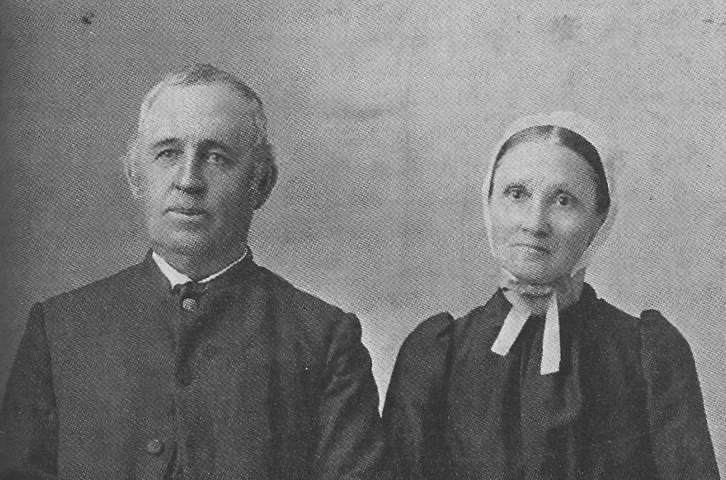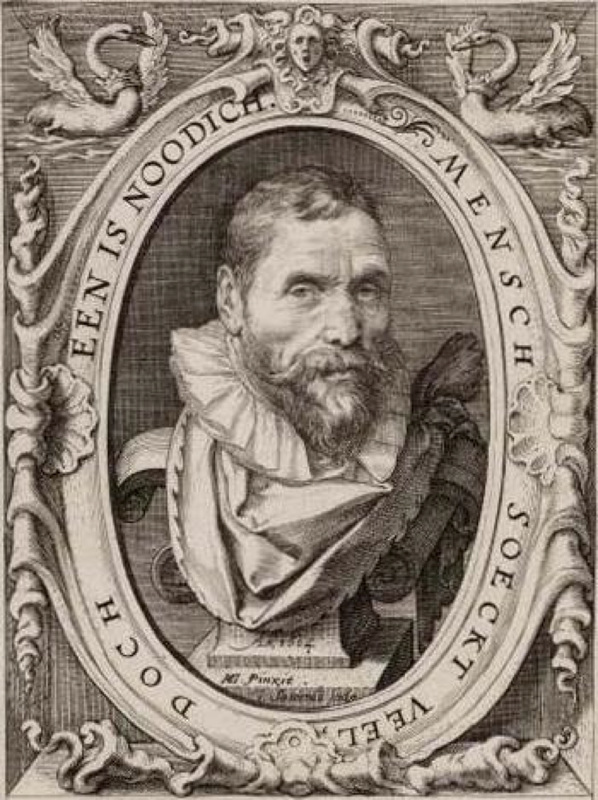|
Sarah Gross Lapp (1837-1902) was known as the “Horse and Buggy Doctor” in Adams County, Nebraska. Berfore moving to Nebraska, Sarah and her husband Samuel Lapp, lived in Pennsylvania where seven of their eleven children were born. Of those seven, six died in early childhood which motivated her to study medicine. Because medical schools were male bastions, she trained in a hospital in Philadelpia under the mentorship of a Dr. George Keller. After a few years of study she passed the medical exam and became a licensed doctor. The Lapps moved to Nebraska in the 1870s. where, with her horse and buggy, she traveled across the praries to attend to those who needed medical assistance. People marveled at her courage in making home visits come rain or shine, snow or sleet. Even though she was a general practitioner, she assisted with the delivery of over 1,200 babies. Dr. Lapp was also known for her unusual remedies. Consider, for example, the young boy who was guant and pale from being indoors all winter. When Dr. Gross was called to the home she recommended outdoor play. She took a bucket of water, poured it on the ground and told the boy to get his feet and hands all muddy. When he began to lick some of the mud off his fingers, she adivsed the parents that his malnutritioin made him crave the minerals in the soil. Within a week, he was well. In Nebraska, the Lapps had four children, all boys. Two became Mennonite ministers and two sojourned to India as missionaries. Mahlon, the eldest built a clinic in Dhamtari, India which today is a fully modern hospital. The youngest, son, George, also went to Dhamtari, India where he established an orphanage and school for the lower caste children. Eventually a church was established in that village and Mahatma Ghandi spoke in the courtyard of this church during his nonviolent campaign to free India from British rule. Son George also served as an Interim President of Goshen College. Sarah Gross Lapp’s commitment to service and education has been passed down across continents and subsequent generations in America. The examples are too numerious to mention. Surely the Lord would say of Dr. Sarah Gross Lapp, “Well done thou good and faithful servant.“
Karl van Mander (1548-1606) grew up in Flanders in a Mennonite home. He was talented in art and literature. In his early 20s he wrote eight plays that were performed all across the Netherlands. Then at the age of 24, van Mander traveled to Rome and studied painting under Michael Vasari. Vasari had been a student of Michelangelo. Van Mander’s fellow students under Vasari included Tintoretto and El Greco. Due to his accomplishments in Rome he had a private audience with the Pope Gregory XII. After six years in Rome he returned to Flanders, married and moved to Harleem and became active in the local Mennonite community. In Harleem he founded a school for painters in 1579 along with another Mennonite Corneliusz Cornelius. The school was in existence until the late 19th century. The school attracted many outstanding artists including Mennonites such as Franz Hals, Jacob, Solomon and Isaac Ruisdael. Van Mander’s hymns were published with the title The Golden Harp. This book was in use by many Dutch Mennonites until the 1870s. After a decade of intense work in Harleem, van Mander moved to Amsterdam and founded yet another school for artists and students of classical literature. In the 1700s this school became the foundation for the University of Amsterdam. In his final decade, he published a landmark book The Lives of the Painters (Het Schilderboek). This volume has never gone out of print from its first edition in 1604 till now. In the century that followed Amsterdam was the center of the Dutch Golden Age and many credit van Mander as the founder of that glorious age. At his funeral in 1606, more than 20,000 people lined the streets of Amsterdam as his coffin was carried from the Mennonite Church to the burial grounds outside the city. Surely the Lord would say, “Well done, thou good and faithful servant.”
|
DownloadThe Living Mirror: Archaeology of Our Faith
Archives
December 2018
|
||||||
|
* = login required
|
Visit425 S. Central Park Blvd.
Chicago, IL 60624 |
Contact |



 RSS Feed
RSS Feed
